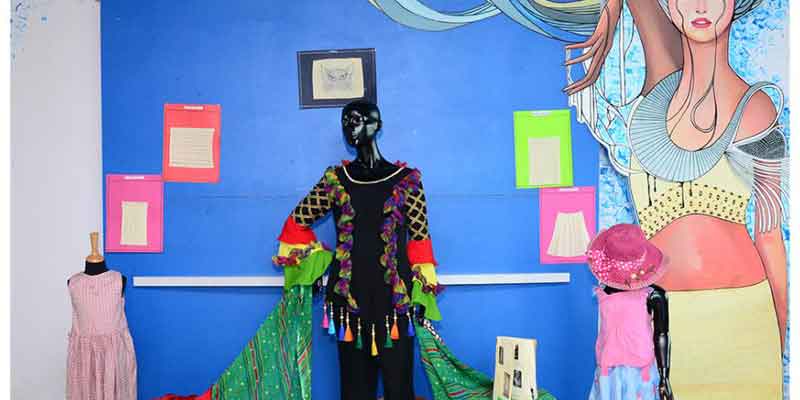What can I do with an acceptable art degree?
2022-12-09An acceptable art degree can open up opportunities for those passionate about art. While some may pursue a career in the arts, others may find themselves working in fields as diverse as advertising, fashion, and even medicine. No matter what path you choose after graduation, an acceptable art degree can provide you with the skills and knowledge necessary to succeed. This article will explore the ten best job options for those with a sufficient art degree. We will also look at what fine art graduates do and how they use their skills in the real world.
Best 10 Job Options After Fine Arts Degree
Having a degree in fine art can open up a world of possibilities for a career. With the right combination of creativity and technical skills, an acceptable art degree can lead to various job opportunities.
1. Art Director
An art director is responsible for overseeing the visual aspects of a project. They are responsible for a project's overall look and feel, from concept to completion. Art directors work with clients to determine the best visual approach for a project and then manage the creative team to ensure the project is completed on time and within budget. Art directors must have strong communication and organizational skills and an eye for detail.
2. Graphic Designer
Graphic designers use their creative skills to create visual solutions to communication problems. They design logos, websites, brochures, advertisements, and other visual materials. Graphic designers must understand color theory, typography, and layout principles well. They must also be able to work with clients to understand their needs and create designs that meet their expectations.
3. Illustrator
Illustrators create artwork for books, magazines, newspapers, and other publications. They use a variety of mediums, such as pencils, paints, and digital tools, to create illustrations that help tell stories or convey messages. Illustrators must understand composition and color theory well and have an eye for detail.
4. Animator
Animators create animated films, television shows, video games, and other visual media. They use computer software to create characters and backgrounds that move realistically. Animators must have a good understanding of animation principles such as timing, motion, and weight.
5. Teacher
Art teachers are responsible for teaching students about the fundamentals of art. They teach students about color theory, composition, perspective, and other principles of art.
6. Museum Curator
Museum curators are responsible for managing the collections of museums. They acquire new pieces for the museum's collection, research the history of the details, and organize exhibitions. Museum curators must have a good understanding of art history and be able to communicate effectively with the public.
7. Art Therapist
Art therapists use art as a form of therapy to help people cope with emotional or psychological issues. They use art activities such as drawing, painting, sculpting, and collage to help people express their feelings and gain insight into their emotions. Art therapists must understand psychology well and communicate effectively with clients.
8. Art Appraiser
Art appraisers are responsible for determining the value of the artwork. They research the history of the painting and examine its condition to determine its value. They must also be able to work with other professionals, such as conservators and auctioneers, to assess the value of artwork accurately.
9. Art Conservator
Art conservators are responsible for preserving artwork for future generations. They use various techniques such as cleaning, repairing, and stabilizing artwork to keep it. Art conservators must have a good understanding of conservation principles and be able to communicate effectively with clients.
10. Art Historian
Art historians are responsible for researching the history of artwork. They study paintings from different periods to understand their meaning and significance. Art historians must have a good understanding of art history and be able to communicate effectively with other professionals in the field.
What do fine art graduates do?
Fine art graduates do a lot of different things. Some go into teaching, some become professional artists, and others work in galleries or museums. Many fine art graduates also work in the advertising and design industry. There are many different job options available to fine art graduates. It is important to explore all of the options and find the one that is the best fit for you. There is no wrong answer regarding what you can do with a fine art degree. The most important thing is to follow your passion.
Conclusion
In conclusion, there are many different paths that an acceptable art degree can lead you down. The most important thing is to find a way that you are passionate about and will make you happy. Many job options are available to those with an acceptable art degree, so be bold and explore all of your options. With a little bit of hard work and dedication, you can find a career in the fine arts that is perfect for you.





